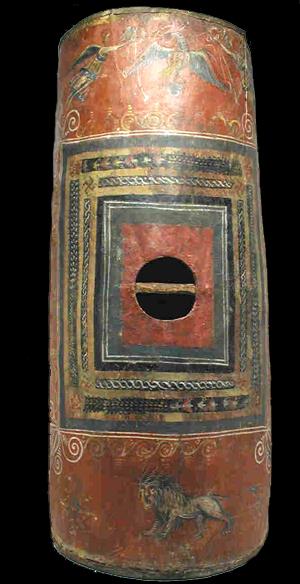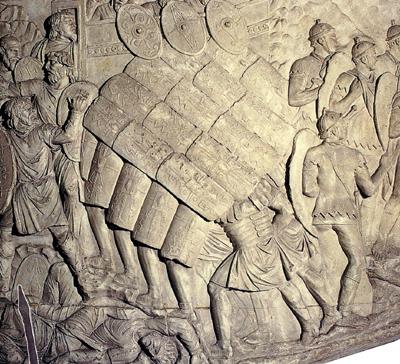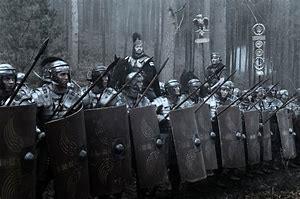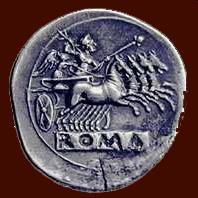







Looking After Your Finds - Identification - Finds




Weapons - Roman (examples) Shields


Powered By Sispro1

Roman Shields
Copyright All Rights Reserved by Nigel G Wilcox E-Mail: ngwilcox100@gmail.com
Designed by Nigel G Wilcox
Complimentary Topics
The Paragon Of Metal Detecting
& Archaeology
& Archaeology

1.
Roman Shields
There were many kinds of Roman shields used by legionaries (soldiers). Earlier on they were oval and flat, but at the time of the invasion of Britain (AD43) most were rectangular and curved, like part of a cylinder. This shield is called a scutum.
The shields were mostly made of wood - a few layers glued together to make the curved shape. Some extra strips of wood were glued on the back for more strength. The shield was then covered in leather and a sheet of linen cloth added to the front. Designs were usually painted onto the front.
There were many designs, but one of the most famous is the eagle's wings and lightning bolt. The eagle was the symbol of the Roman army, and the lightning bolt was the symbol of Jupiter, the king of the gods (Jupiter was the Roman version of the Greek god Zeus, who threw thunderbolts from the sky).
Only one scutum in good condition has ever been found, at Dura Europos, a Roman fort in Syria. You can see it on the right. It has pictures of an eagle, a lion, and winged gods. It was made in the 200s AD.
Yale University Art Gallery
There were many kinds of Roman shields used by legionaries (soldiers). Earlier on they were oval and flat, but at the time of the invasion of Britain (AD43) most were rectangular and curved, like part of a cylinder. This shield is called a scutum.
The shields were mostly made of wood - a few layers glued together to make the curved shape. Some extra strips of wood were glued on the back for more strength. The shield was then covered in leather and a sheet of linen cloth added to the front. Designs were usually painted onto the front.
There were many designs, but one of the most famous is the eagle's wings and lightning bolt. The eagle was the symbol of the Roman army, and the lightning bolt was the symbol of Jupiter, the king of the gods (Jupiter was the Roman version of the Greek god Zeus, who threw thunderbolts from the sky).
Only one scutum in good condition has ever been found, at Dura Europos, a Roman fort in Syria. You can see it on the right. It has pictures of an eagle, a lion, and winged gods. It was made in the 200s AD.
Yale University Art Gallery

The shield could also be used in a special formation called a testudo (tortoise). The soldiers formed a complete shell to cover themselves, with the shields held overhead as well as in front and on the sides. This was so they could attack a city's walls and be protected from missiles like arrows. Below is a carving showing the testudo.
The use of rectangular scuta ended by the 3rd century AD, but scuta in general survived into the Byzantine Empire.

[1]
[3]
Pages
Main Coin Menu
Roman Coins
Menu
Menu
Member NCMD
Roman Menu























